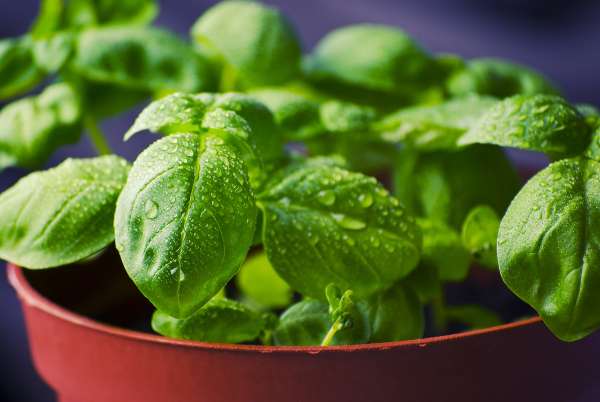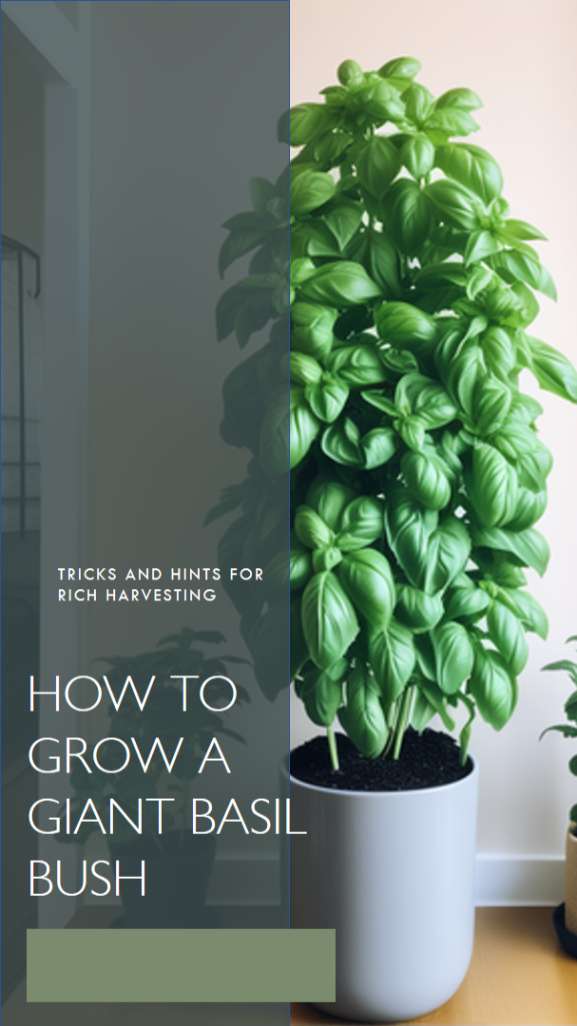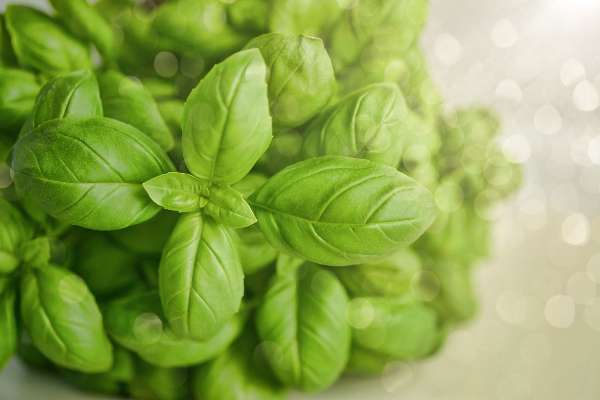How to Grow a Giant Basil Bush
Basil, with its aromatic leaves and culinary versatility, can transform your garden into a haven for fresh and flavorful herbs. Cultivating a giant basil bush requires attention to various factors, from selecting the right variety to providing optimal care.
In this guide, we’ll take you through the steps and things you will need to nurture a thriving basil plant that will yield an abundant harvest for you.
- Selecting the Right Basil Variety:
- Choose a basil variety that is well-suited for your climate and soil conditions. Common varieties include Genovese, Thai basil, and Lemon basil.
- Some varieties are known for their robust growth, making them ideal for achieving a giant basil bush.
- Basil thrives in full sunlight, so select a location that receives at least 6-8 hours of direct sunlight per day.
- Ensure well-drained soil with good fertility. Basil prefers slightly acidic to neutral soil.
- You can start basil from seeds indoors about 6-8 weeks before the last expected frost or directly sow them in the garden after the danger of frost has passed.
- If using seedlings, transplant them into the garden after they have developed a couple of sets of true leaves.
- Plant basil seedlings or seeds at least 12-18 inches apart to allow for adequate air circulation and prevent overcrowding.

- Basil prefers consistently moist soil. Water the plants regularly, especially during dry periods, but avoid waterlogged conditions.
- Water at the base of the plant to prevent the foliage from staying wet, reducing the risk of diseases.
- Use a balanced, all-purpose fertilizer during the growing season to promote healthy growth. Follow the package instructions for application rates.
- Consider organic options or compost to enhance soil fertility naturally.
- Regularly prune the basil to encourage bushier growth. Pinch off the tips of the stems when the plant reaches about 6 inches in height.
- Harvest the leaves regularly but avoid removing more than one-third of the plant at a time. This encourages continuous growth.
- Apply a layer of organic mulch, such as straw or wood chips, around the basil plants to help retain moisture, suppress weeds, and regulate soil temperature.
- Keep an eye out for pests like aphids and spider mites. Use natural remedies like neem oil or insecticidal soap if necessary.
- Ensure good air circulation to prevent fungal diseases. If needed, apply fungicides according to the instructions.
- In colder climates, you may want to consider overwintering your basil indoors. Pot the plant and bring it inside before the first frost.
View this post on Instagram
Growing a giant basil bush involves careful attention to factors like sunlight, water, soil, and regular maintenance. By following these steps, you can enjoy a bountiful harvest of fresh basil for your culinary adventures. Experiment with different varieties, and soon you’ll have a thriving basil bush that enhances both your garden and your kitchen.
 Home and Gardening Ideas At home and Gardening ideas we believe inspiring readers about homesteading, self sufficiency
Home and Gardening Ideas At home and Gardening ideas we believe inspiring readers about homesteading, self sufficiency







